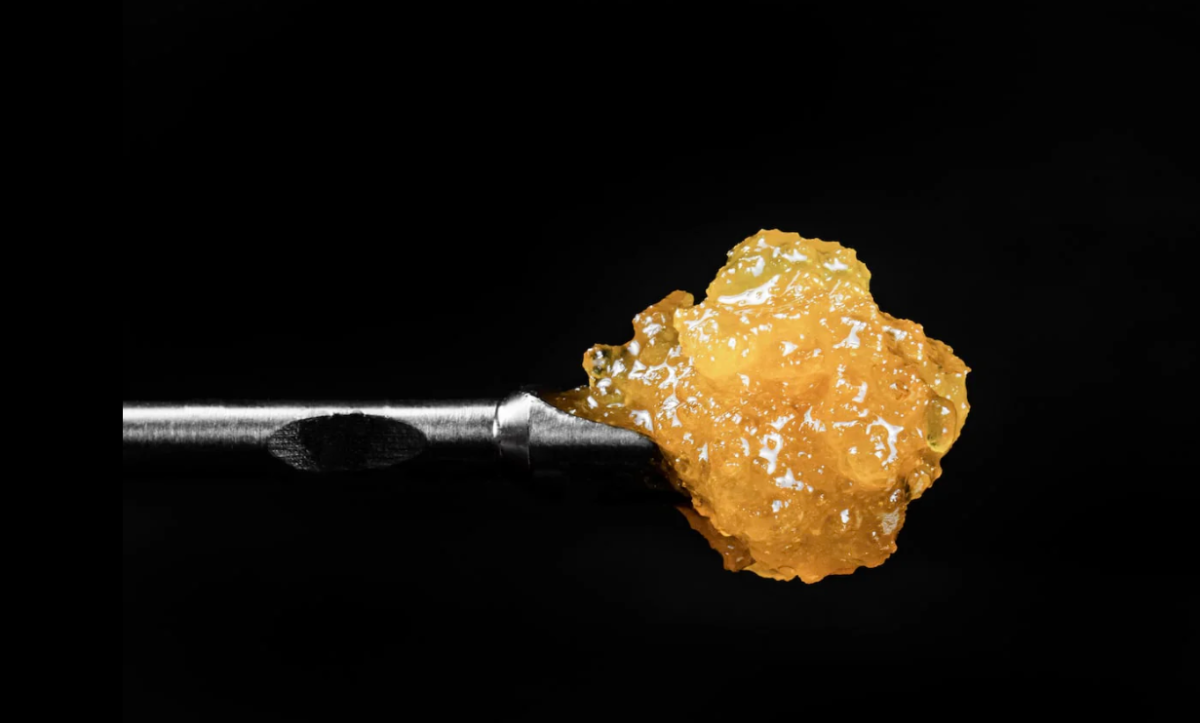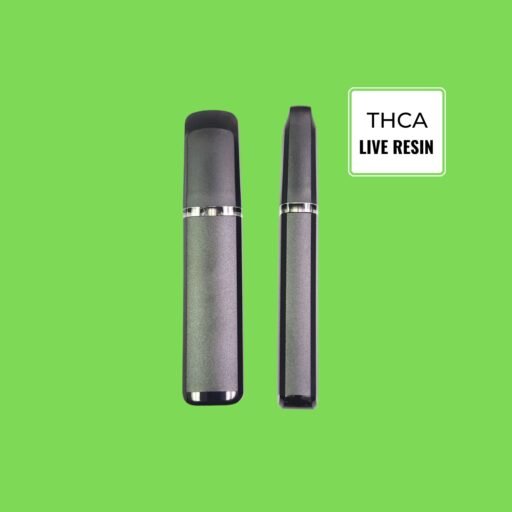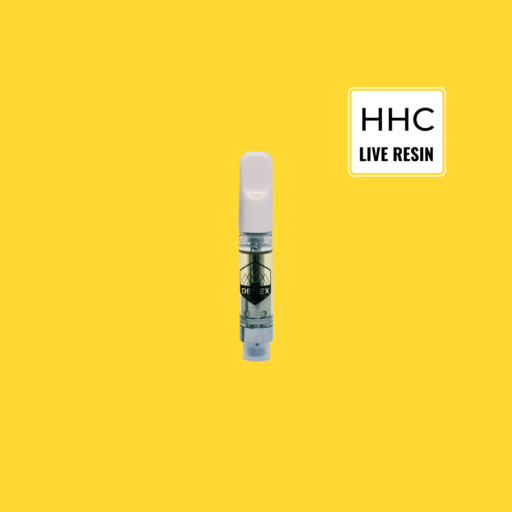Learning
Difference between Live Rosin vs Live Resin vs Distillate?
Distillate, Live Resin, and Live Rosin: A Comparison
This article compares three popular cannabis concentrates: distillate, live resin, and live rosin. We will dive deeper into their extraction methods, visual and viscosity differences, pros and cons, potential uses, and who might benefit from each. By understanding these distinctions, you can make informed choices about which concentrate aligns best with your preferences and needs.
Key Differences
- Extraction Method: Distillate and live resin use solvent-based extraction, while live rosin is extracted using a solventless method.
- Terpene Profile: Live resin and live rosin tend to retain more terpenes, contributing to a more flavorful and aromatic experience compared to distillate.
- Purity: Live rosin is generally considered purer due to its solventless extraction process.
- Cost: Distillate is often more affordable than live resin or live rosin with live rosin tend to be the most expensive.
- Viscosity: Distillate tends to have a thicker viscosity, while live resin and live rosin can vary from medium to thick.
- Potency: Distillate typically has a higher concentration of a single cannabinoid, making it a potent option. On the other hand, live rosin and live resin generally have a lower concentration of cannabinoids. However, they contain a richer mix of minor cannabinoids, terpenes, and other plant materials, which contribute to a more full-spectrum experience. This broader range of compounds may lower the overall concentration of any one cannabinoid but enhances the product’s complexity and flavor.”
Understanding Live Rosin

- Extraction Method: Solventless extraction using heat and pressure to extract cannabinoids and terpenes from the plant material. This method involves applying heat and pressure to the plant material, causing the cannabinoids and terpenes to be extracted without the use of solvents. This solventless extraction method is considered more natural and purer.
- Visual Appearance: The color and texture of live rosin can vary depending on the strain and processing method. It often has a crumbly or sticky consistency due to the high concentration of terpenes and cannabinoids.
- Viscosity: Live rosin can be quite sticky or even hard at room temperature, making it challenging to handle and consume. It may require heating to soften it before vaping or dabbing.
- Pros: Live rosin is extracted without the use of solvents, preserving the natural terpene profile and cannabinoids. This results in a purer and more natural product.
- Cons: Live rosin can be more challenging to handle due to its sticky consistency. It may also have a lower yield compared to solvent-based methods.
- Uses: Live rosin is commonly used for dabbing and making edibles. It can also be applied topically for localized relief.
- Best For: Live rosin is a good option for consumers who seek a completely natural and solvent-free product, and are willing to invest in the extra cost and effort involved in handling and consuming it.
Understanding Live Resin

- Extraction Method: Solvent-based extraction using a cold process to preserve terpenes and cannabinoids. This method involves using a solvent to extract the cannabinoids and terpenes from the plant material while keeping the temperature low to preserve the delicate terpenes.
- Visual Appearance: Can vary in color from golden to dark amber, often with a cloudy or hazy appearance. The color of live resin can vary depending on the strain and processing method. The cloudy or hazy appearance is often due to the presence of terpenes and other plant compounds.
- Viscosity: Live resin’s viscosity can range from medium to thick, depending on the specific strain and processing techniques used. This can affect how easy it is to handle and consume.
- Pros: Preserves more terpenes and cannabinoids than distillate, resulting in a more flavorful and aromatic experience. Live resin is known for its rich flavor and terpene profile, which can contribute to a more enjoyable and satisfying experience.
- Cons: Live resin may have a shorter shelf life due to the presence of terpenes and other compounds. It can also be more expensive than distillate due to the additional processing steps involved.
- Uses: Live resin is commonly used for vaping and dabbing, as it offers a flavorful and potent experience. It can also be used to make edibles.
- Best For: Consumers who value flavor, terpene profile, and a more full-spectrum experience. Live resin is a good option for consumers who appreciate the flavor and aroma of cannabis and want a more full-spectrum product.
Understanding Distillate

- Extraction Method: Solvent-based extraction, often using butane or propane. This process involves using a solvent to dissolve the cannabinoids and terpenes from the plant material. The solvent is then evaporated, leaving behind a pure distillate.
- Visual Appearance: Typically, clear or pale yellow, with a high viscosity. Distillate is often highly refined, resulting in a clear or pale-yellow color. Its high viscosity makes it thick and syrupy, like honey.
- Viscosity: Thick and syrupy. The thick consistency of distillate makes it easy to handle and store. However, it may require heating to thin it out for vaping or dabbing.
- Pros: High potency, long shelf life, and affordability. Distillate is known for its high concentration of THC and some other cannabinoids, making it a potent option for consumers. It also has a long shelf life due to its refined nature and can be more affordable compared to other concentrates.
- Cons: May lack the flavor and terpene profile of other concentrates. Distillate often has a milder flavor and may not contain as many terpenes as other concentrates, which can contribute to a more complex and enjoyable experience.
- Uses: Distillate can be used in various ways, including vaping, dabbing, making edibles, and applying topically.
- Best For: Consumers seeking high potency without necessarily prioritizing flavor or terpene complexity. Distillate is a good option for consumers who prioritize potency and affordability but may not be as concerned with flavor or terpenes.
Choosing the Right Concentrate for you
The best concentrate for you will depend on your personal preferences and priorities. If you prioritize high potency and affordability, distillate might be a good choice. If you value flavor, terpene profile, and a more full-spectrum experience, live resin or live rosin could be better options. Ultimately, the best way to determine which concentrate is right for you is to try different ones and see which one you enjoy the most. If you’re still unsure or need a hand picking the right product, feel free to reach out to one of our experts. We’re here to help you find the perfect match!
Check out our latest THCA Live Rosin and THCA Live Resin products below.
-
Product on sale
 THCA Live Rosin Tropicana Cherry Disposable Vape
THCA Live Rosin Tropicana Cherry Disposable VapeOriginal price was: $52.80.$52.80Current price is: $52.80.$36.96 -
Product on sale
 THCA Live Rosin Mandarin Cookies Disposable Vape
THCA Live Rosin Mandarin Cookies Disposable VapeOriginal price was: $52.80.$52.80Current price is: $52.80.$36.96 -
Product on sale
 THCA Sour Diesel Disposable Vape
THCA Sour Diesel Disposable Vape$37.95
$26.57 -
Product on sale
 THCA Platinum Cookies Disposable Vape
THCA Platinum Cookies Disposable Vape$37.95
$26.57 -
Product on sale
 THCA Gruntz Disposable Vape
THCA Gruntz Disposable Vape$37.95
$26.57 -
Product on sale
 THCA Pineapple Express Disposable Vape
THCA Pineapple Express Disposable Vape$54.95
$38.47 -
Product on sale
 Live Resin HHC+CBN Vape Carts
Live Resin HHC+CBN Vape Carts$32.95
$23.07 -
Product on sale
 Live Resin Delta-8 Vape Carts
Live Resin Delta-8 Vape Carts$29.95
$20.97 -
Product on sale
 Live Resin HHC Vape Carts
Live Resin HHC Vape Carts$32.95
$23.07
